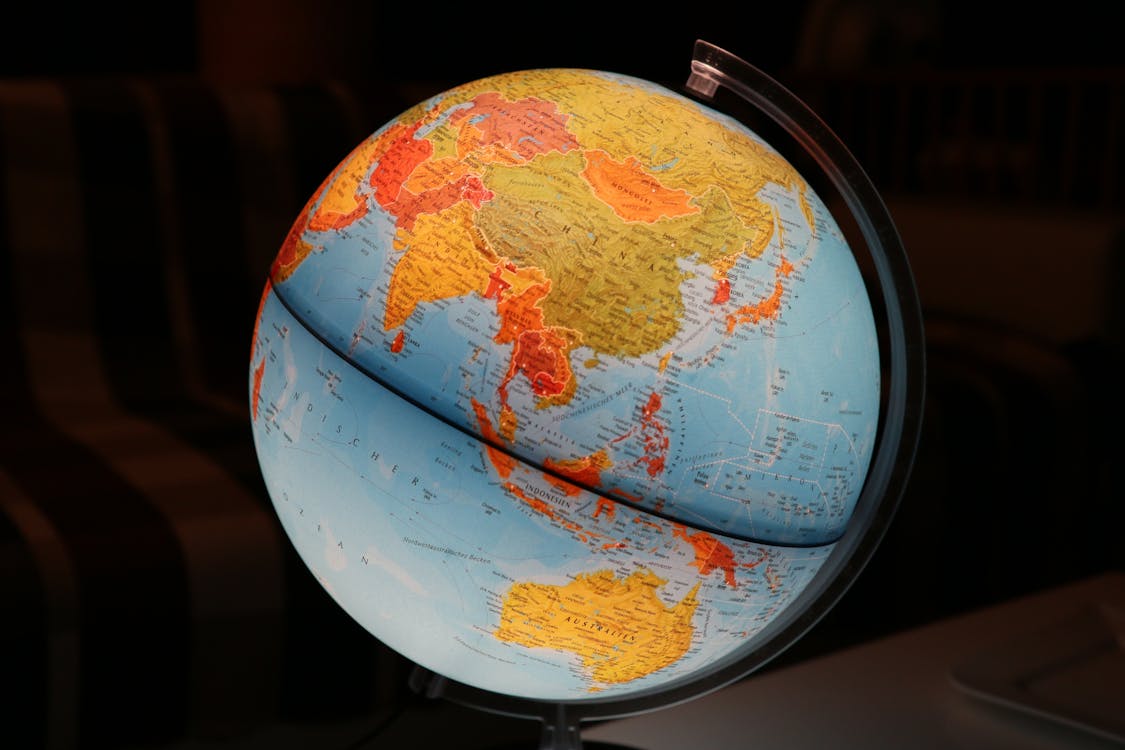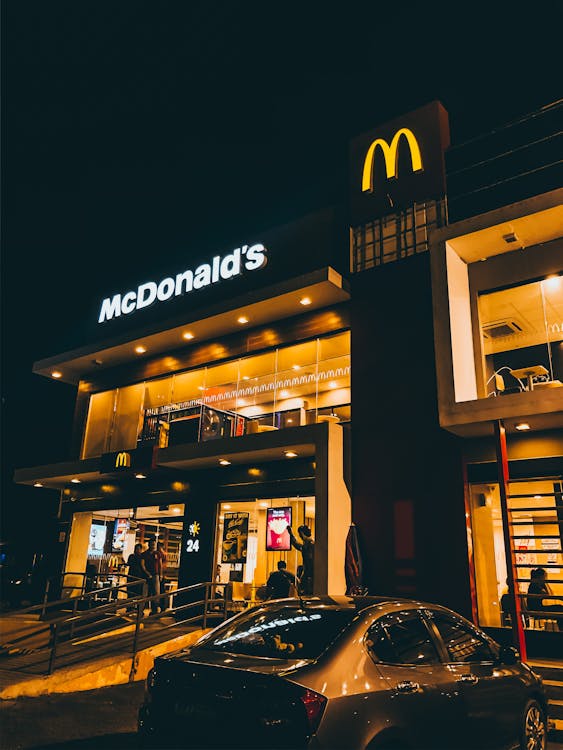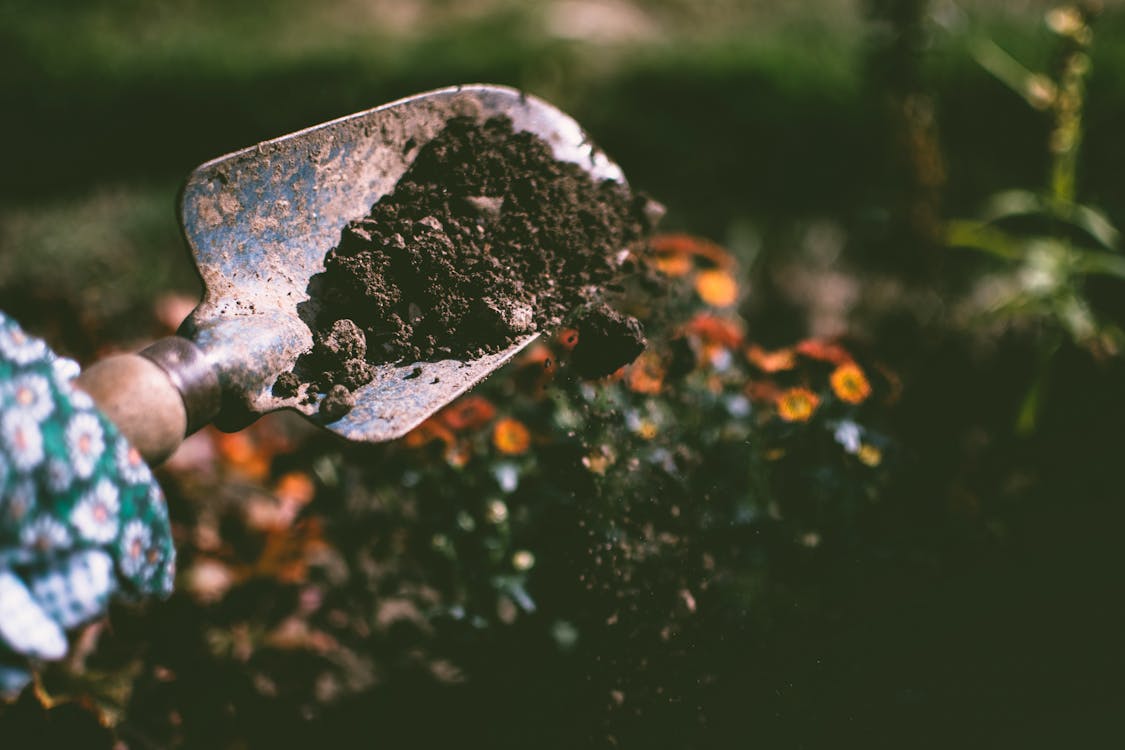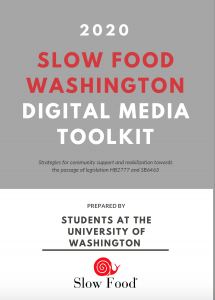More than anything this quarter, I have learned that problems do not exist within a vacuum—that the greenhouse gas emissions from the dairy industry are symptomatic of the same system that has allowed for the rise in obesity in America. Additionally, issues surrounding the environment and climate change do not exist in a separate world from social issues, and are in fact magnified by racism, sexism, and classism. The systems thinking approach that was modeled to me has allowed me to gain a new perspective on my role in the world food system, but my role in the global social system as well.
My work with Landesa this quarter has emphasized the relationship between the environment and social systems, especially how that relationship can be manipulated to bring about better living conditions to tackle poverty on a global scale. Much of their work involves securing land rights for farmers so that they are able to exercise more agency over how their land is used. Owning land is essential to the maintenance and development of wealth, because property rights “mold the distribution of income, wealth and political influence”, as scholar Gary D. Libecap writes for the Hoover Institute. By increasing the access to land rights, Landesa aims to counteract the widespread poverty in developing countries around the world.
However, in looking at the work that Landesa is doing, it struck me that the racial problems that are disrupting the U.S. today are outcomes of the same historical system that created the massive wealth disparity between developed countries and developing countries. The intersection of white supremacist and capitalist ideologies encouraged imperialist nations to take Africans as slaves and use their labor to build their empires, wiping out indigenous populations as they did so. The same ideologies encouraged the Scramble for Africa, where the largest European players divided up spheres of influence in Africa based on available resources to exploit. Thus, the legacy that slavery has left on the United States is linked to the legacy that imperialism has left on many African nations. The struggle for racial justice, then, must continue on a global scale.
Enacting change on a global scale is virtually impossible for the individual. One of the most important things I’ve learned in this class, though, is that I have power as an individual and a citizen to fight for the better world I want to see.



















